
The UN has announced that 2023 would be the 'Year of Millet'. What are millets, how do they differ from our more commonly used grains, and why should we focus on these grassy crops? This week's TypeRight takes a look, and talks about what we at DEF the relationship and plan with the “digital” and what to do on the Year of Millets.
The UN FAO's declaration of the year of millets has gotten good press coverage, as we see in these snippets:


It also featured in a past episode of the Prime Minister's talk show, Mann Ki Baat:
And this is the UN's Promo video:
So, how did we get here?
Millets are part of a group of grassy, small-grained cereal crops with around 6,000 varieties. There's a chance everyone has come across at least one variety of this in their diet, or at least as fodder. One can trace civilisations as old as the Indus Valley and Babylonia to be growing some variant of a millet, making it one of the oldest cultivations known in history.
The ancient grains of millets have been around for thousands of years, yet they have only recently been gaining popularity in modern diets. These small-seeded, highly nutritious grains are grown in arid regions of the world, such as India, China, and Africa.
A research conducted by the ICAR in Hyderabad would be one of the most comprehensive studies done in the country on the grain. To cite a few sentences from it:
"... regular millet consumption reduces the incidence of cardiovascular, gastrointestinal and lifestyle (diabetes) diseases."
"To popularize the millet consumption, it is important to understand the nutritional health benefits of millets. However the data on the nutritional composition of millets is scanty."
The ICAR's Hyderabad center has a dedicated research institute for Millets. The 'recipe book' on their page is not just a cooking guide, but has lots of details on nutritional details and more.
The website also has information booklets in Kannada, Marathi, Telugu Hindi, and even Japanese.
But what's different about them? They are a great source of essential nutrients such as protein, vitamins, minerals, and dietary fibre. Millets are also naturally gluten-free, making them a great choice for those with gluten sensitivities. The health benefits of millets are vast and varied. They are an excellent source of iron, magnesium, and phosphorus, which are essential for strong bones and teeth, healthy skin and hair, and overall good health. Millets are also a good source of B vitamins, which help to reduce fatigue and stress, and support the immune system. Furthermore, millets are low in calories and fat, making them a great choice for those looking to maintain a healthy weight.
Despite the numerous health benefits associated with millets, they are still not as popular as other grains, such as wheat and rice. To increase the popularity of millets, there are several steps that can be taken. First, millets should be more widely available in grocery stores and health food stores. This will make them more accessible to those who are looking to incorporate them into their diets.
Second, there should be more education about the health benefits of millets and how to cook them. For example, millets can be used as porridge, added to soups, or used to make breads and other baked goods. Providing recipes and meal ideas will help to make millets more appealing to consumers.
Finally, millets should be promoted as a healthy alternative to other grains. For example, many athletes and bodybuilders are turning to millets as a healthy carbohydrate source, as they are high in fibre and low in calories. Millets could also be marketed as a great alternative to traditional grains for those with gluten sensitivities. Increasing the popularity of millets can benefit both consumers and the environment. Millets are more resilient to climate change than other grains, making them a more sustainable choice. Additionally, millets have the potential to provide food security to many countries, as they are drought-resistant and can be grown in areas with limited water resources.
Millets have been part of the human diet for centuries, but they have not been popular until recently. This is due to a variety of reasons, including lack of public awareness, availability, and accessibility. To begin with, the public had little to no knowledge of millets, and there was a lack of public awareness. This is because millets were not widely promoted or marketed in the mainstream media, and they were not available in supermarkets or restaurants. As a result, many people were not familiar with millets and their health benefits.
Second, millets were not widely available in most countries. This is due to the fact that millets are traditionally grown in semi-arid regions, such as India and parts of Africa. As a result, millets were not widely accessible in other parts of the world- and it did not capture the interests while promoting agricultural growth during the several green revolutions. Millets were considered inferior to other grains, such as wheat and rice - an inferior food which was not seen as a viable option for daily consumption.
In recent years, however, millets have become more popular due to a variety of reasons. Many have become more aware of the health benefits of millets, like their high nutrient content, and their ability to help reduce the risk of chronic diseases.
Second, millets have become more available due to increased production and global trade. Finally, millets have become a popular choice for health-conscious individuals, due to their low-calorie, gluten-free, and high-fibre content. Overall, millets have become increasingly popular as a dietary staple in recent years. This is due to a combination of increased public awareness, availability, and accessibility. Additionally, millets have been embraced by health-conscious individuals, due to their high nutrient content and ability to reduce the risk of chronic diseases.
These are the six most common types of millets found in India:
1. Jowar: Jowar, also known as sorghum, is one of the most widely cultivated millets in India. It is rich in iron, calcium, and dietary fibre, and is known to be a great source of energy. It is also rich in B vitamins, which help in increasing immunity. Jowar is used to make rotis, bhakris, and also used in making different snacks.

2. Bajra: Bajra is another type of millet which is popularly grown in the western parts of India. It is rich in minerals such as phosphorus, magnesium, and iron. It is also known to have a low glycemic index, which is beneficial for diabetics. Bajra is used to make rotis, khichdi and is also used to make snacks like vadas and pakoras.

3. Ragi: Ragi is one of the most nutrient-dense millets and is extremely popular in the southern parts of India. It is rich in calcium and is known to reduce cholesterol. It is used to make rotis, dosas, and also used to make porridge and other snacks.

4. Foxtail Millet: Foxtail millet is a type of millet which is high in protein and dietary fibre. It is used to make traditional dishes like khichdi and also used to make snacks like pakoras.

5. Proso Millet: Proso millet is another type of millet which is high in protein, calcium, and dietary fibre. It is used to make rotis and is also used to make snacks like pakoras and dhoklas.

6. Kodo Millet: Kodo millet is a type of millet which is high in magnesium and dietary fibre. It is used to make rotis, dosa, and also used to make snacks like pakoras and dhoklas.

What's the recent buzz? In April 2018, millets were rebranded as “Nutri Cereals” and the same year, the government declared it the National Year of Millets with the objective of generating more production and demand. India, now spearheading the G20, has also included the millet mission as part of several campaigns.
The UN's website explains how the millet initiatives can help us move closer towards several of the Sustainable Development Goals (SDGs)

As a report in The Hindu says, "... in 2019, India accounted for 80% of the total production of these grains in Asia and 20% globally — around 170 lakh tonnes from138 lakh hectares of land, providing yield per hectare greater than the global average, FAO data shows. India is also among the top five exporters— India exported millets worth $64.28 million in 2021-22 and $59.75 million in 2020-21 ..." The present global food insecurity following the Russia Ukraine war is another reason for the global interest in promoting a sustainable food crop. India hopes to position itself as the leading global producer and exporter of the crop.
Making millets available under the PDS in India could help boost both cultivation as well as nutrition - this old article in the caravan explains how it can fight India's hunger crisis:
Since 2016, when this article was written, things have changed (at least in the southern states)- as these newer news articles show:
How are we intervening?
Digital Empowerment Foundation believes that Millet is a naturally gifted food product and has been available through generations and has a huge and deep link to heritage, culture, and indigenous communities. However, there is a serious gap on digital media to know and understand Millet and its values to human consumption. Bringing out information, knowledge and wisdom about Millet and relating it to Indian culture would enrich the global community and as well enrich the digital platforms.
Digital Empowerment Foundation is taking an onus to dedicate its resources to research on Millet and bring out the wisdom of Millet and help promote millets by providing access to information about the health benefits of millets, how to purchase and cook millets, and recipes to use millets in. It can also provide access to millet suppliers, farmers, and processors, as well as networks and forums to discuss the use and promotion of millets. Digital platforms can also be used to create marketing campaigns to educate people about millets, and to build trust and support for millet-based products. Digital tools can also be used to track and analyze the impact of millet promotion initiatives, to ensure that they are having the desired impact.
DEF is planning to develop a mega portal and web directory of millets, with details ranging from benefits, sources of procurement and even recipes. Stay tuned and follow us on twitter for updates on this new venture! If you have ideas in helping the farming community use digital tools to popularise millets, do contact in our social media handles, or write us an email! Meanwhile, take a look at these websites for information on millets:
APEDA under the Ministry of Commerce and Industry
In Other News
In two recent news of digital fraud:


From a report on Mission Antyodaya which planned to use local data for rural development:

And an update on the National Digital University, along with options of flexible MOOCs and credit transfers:

Updates from DEF
From our Digital Didi program which trains women in the community on digital tools using Smartpads:
And lastly, a reminder that the deadline to apply for our residential workshop on digital privacy and data protection for citizen journalists:
Until next time! Go and have Millets on your plate.




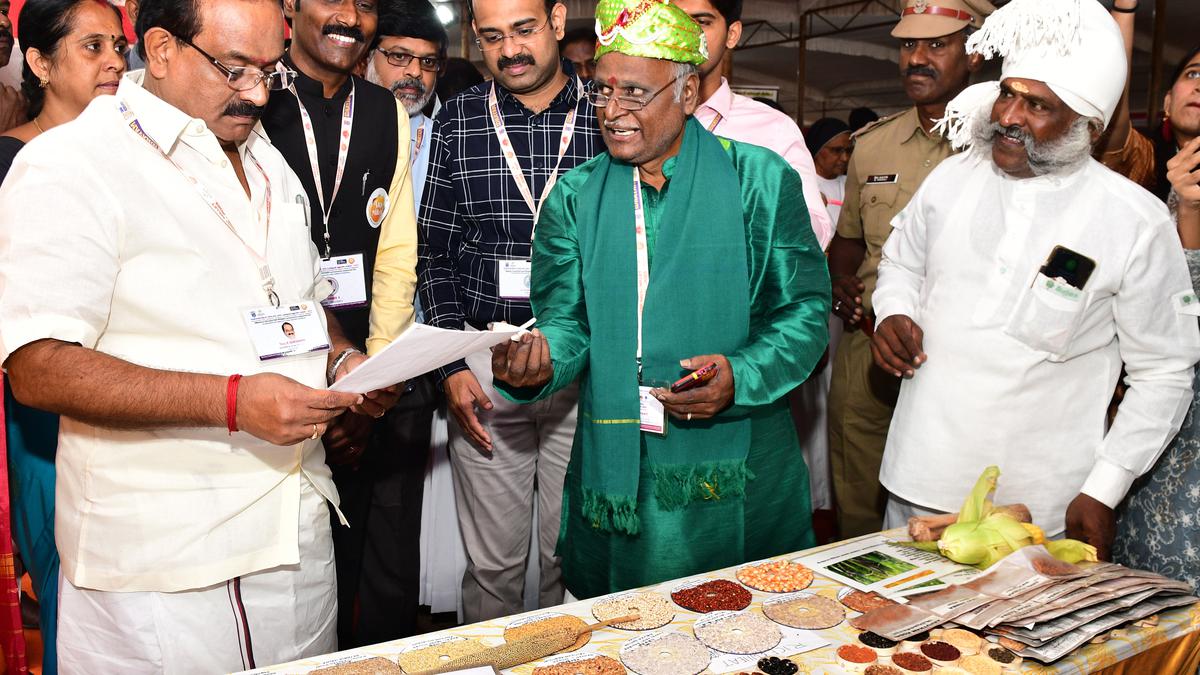
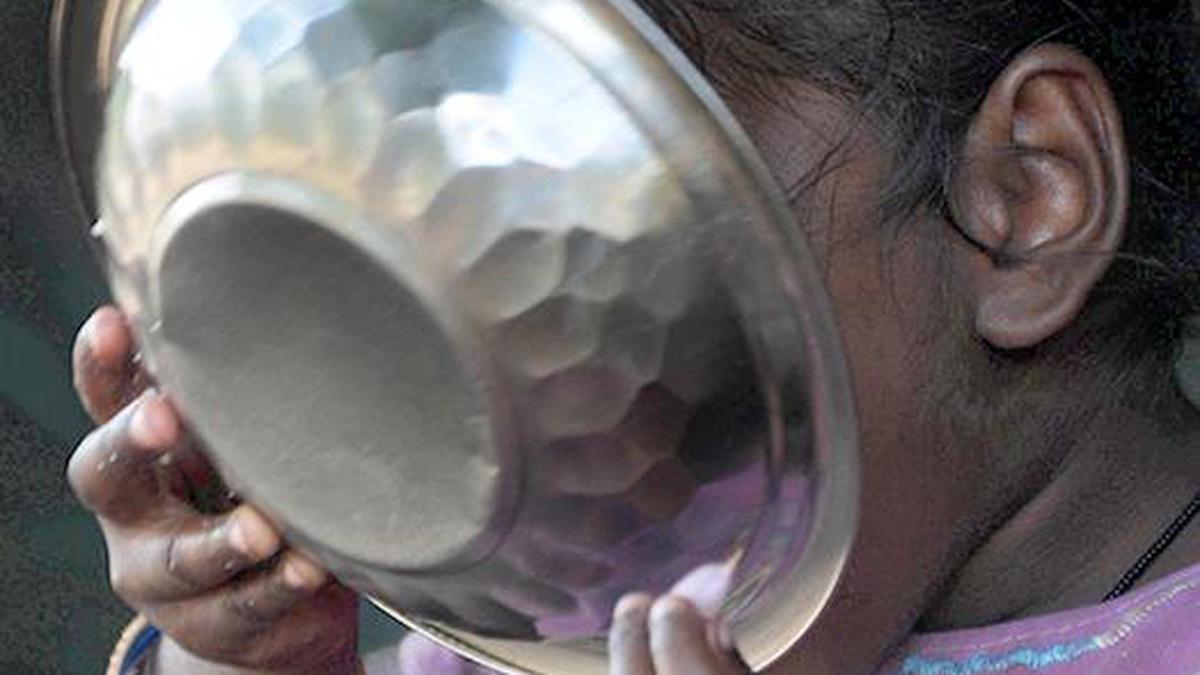




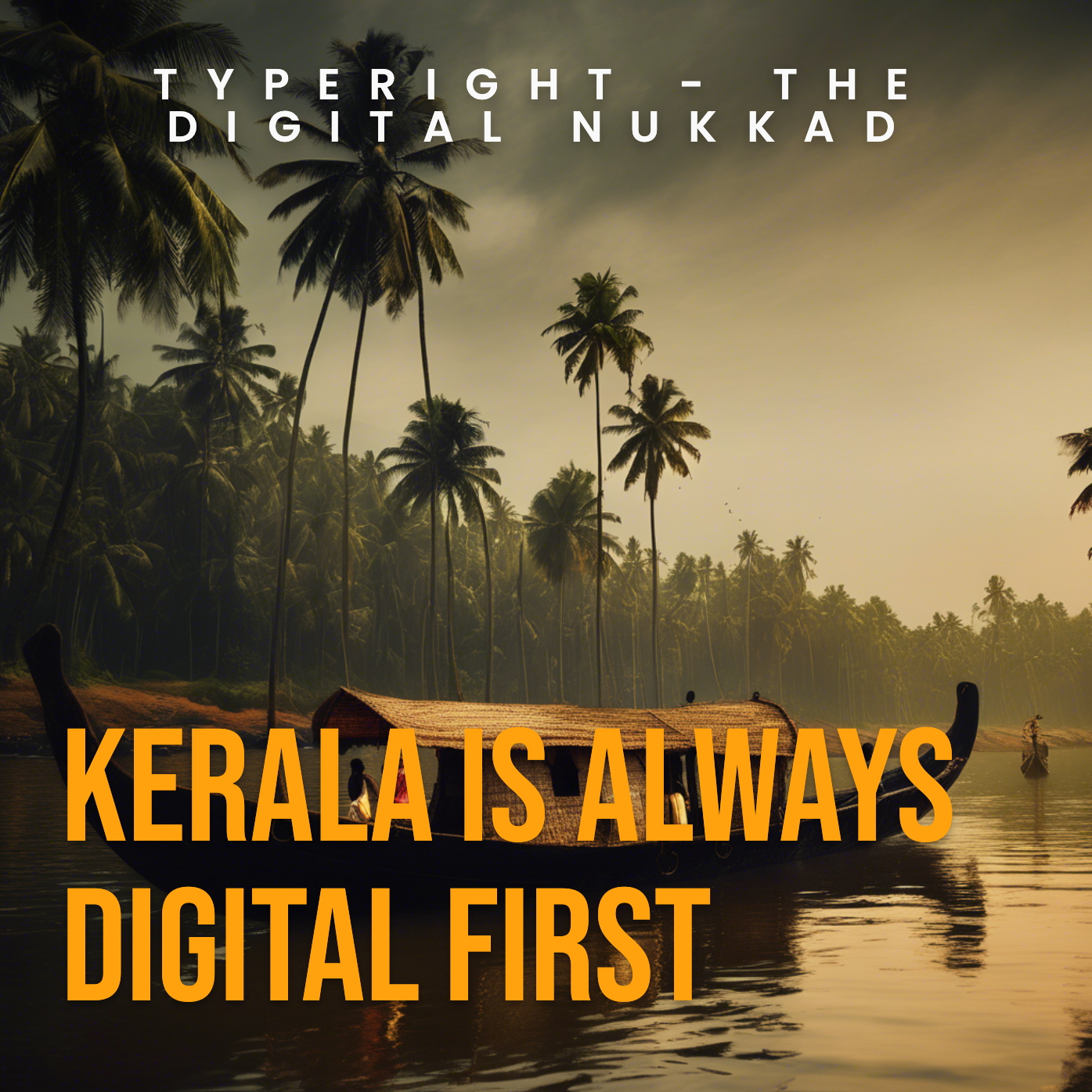
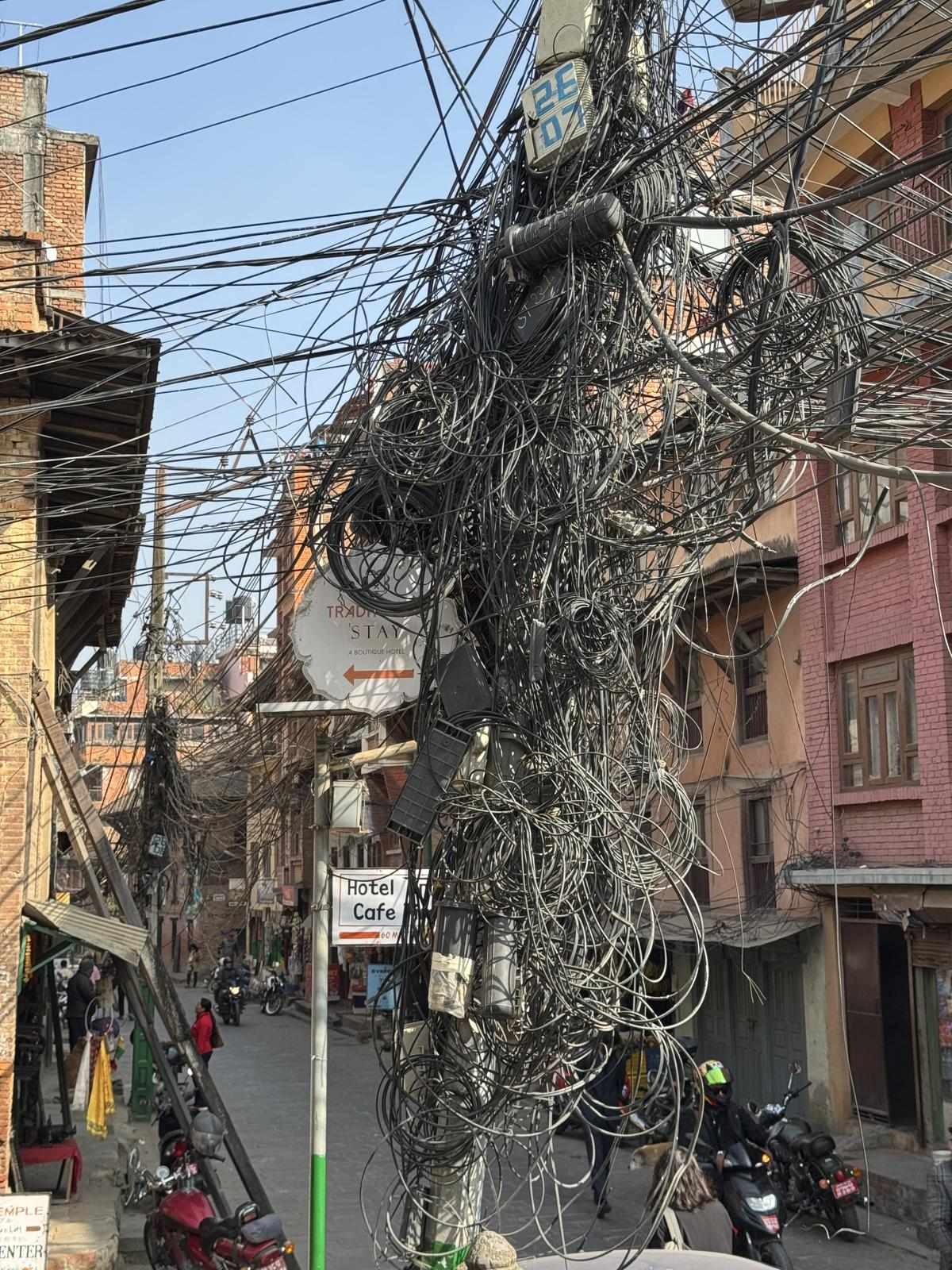
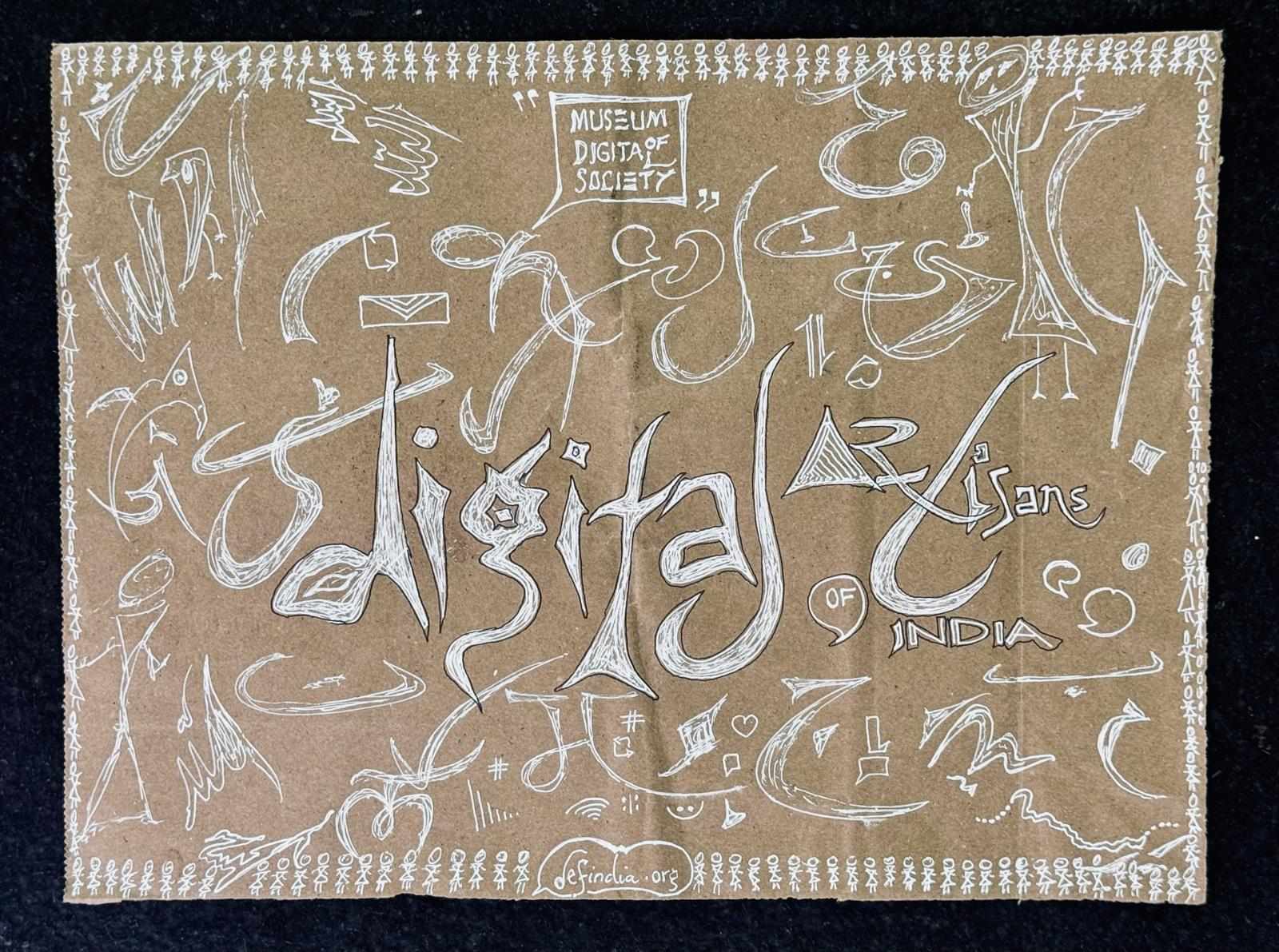
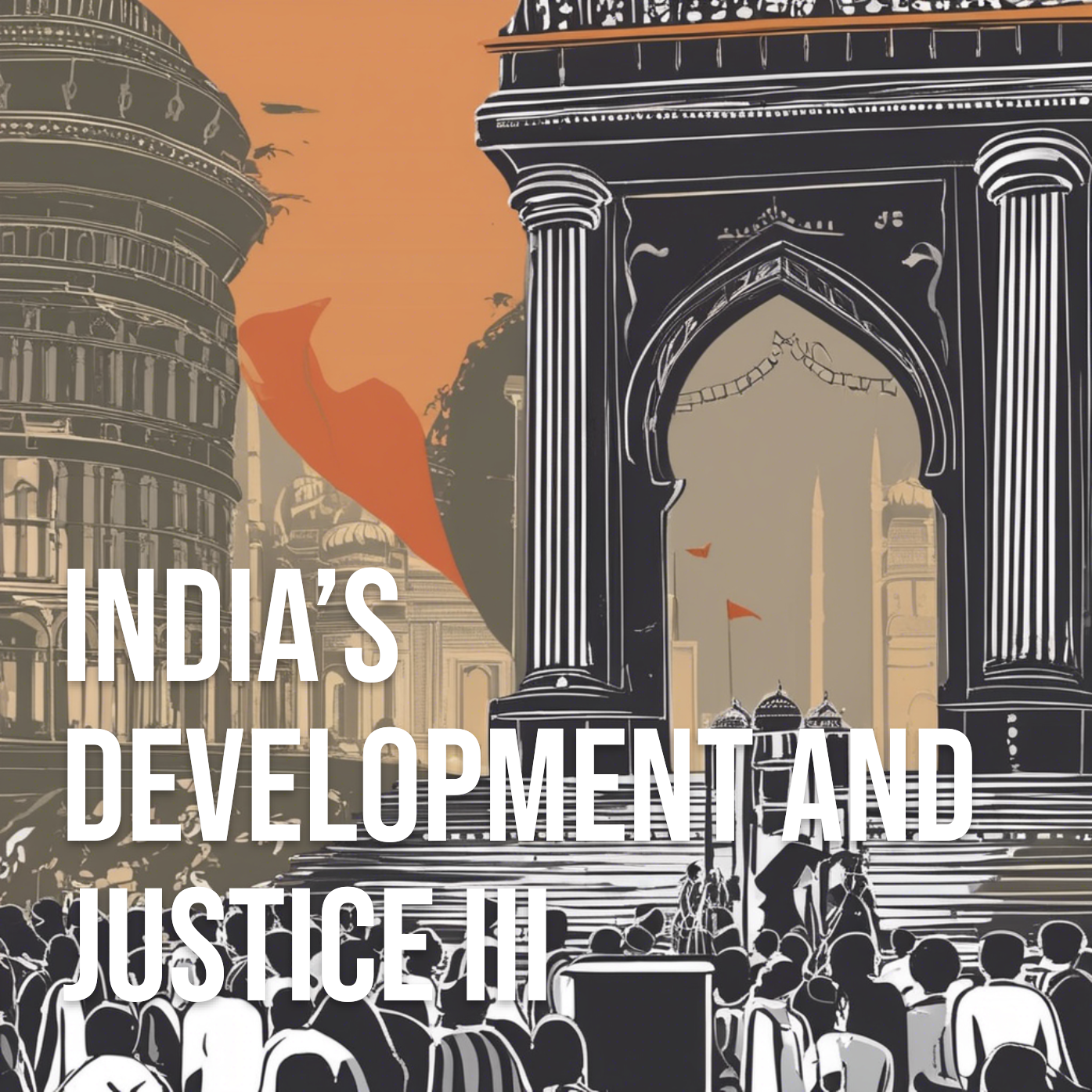
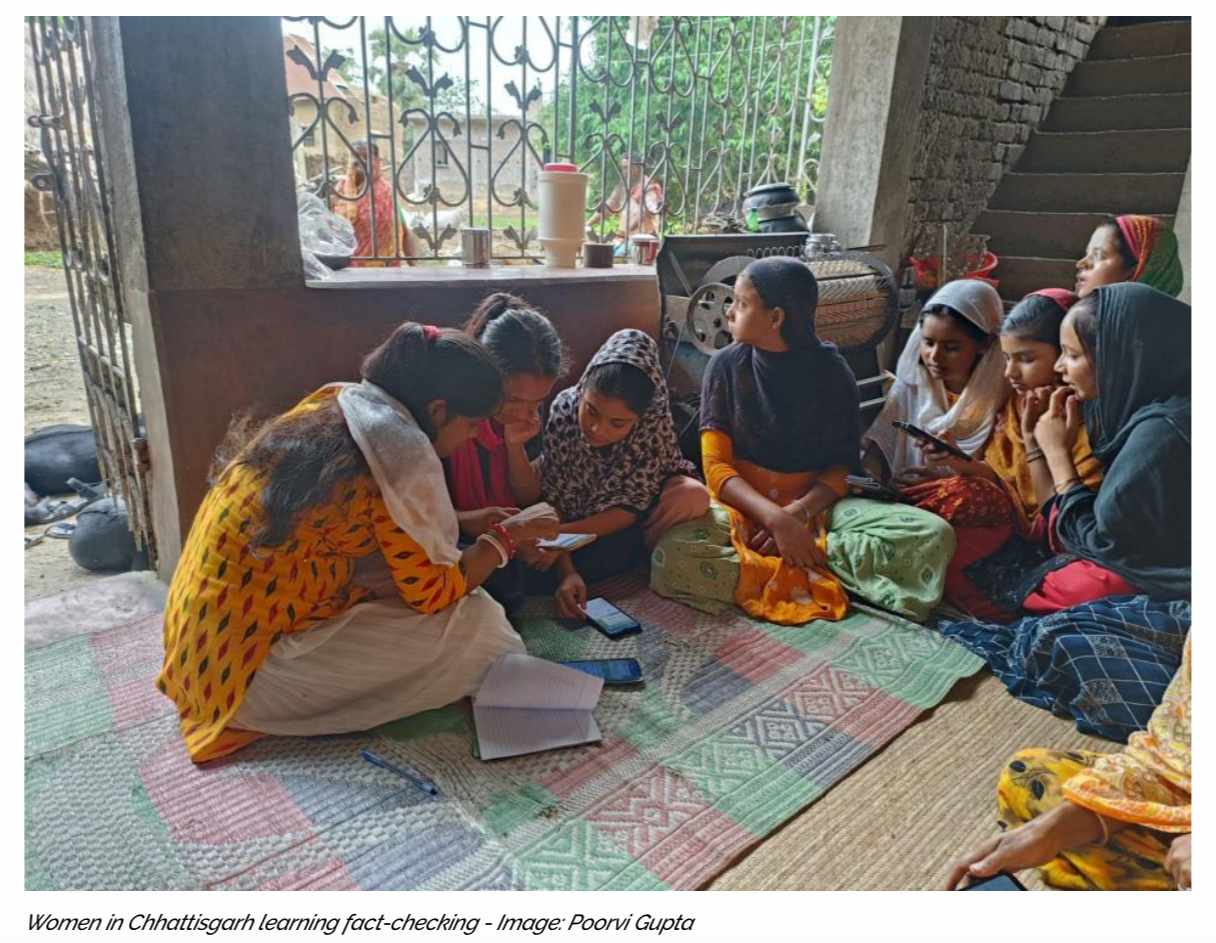


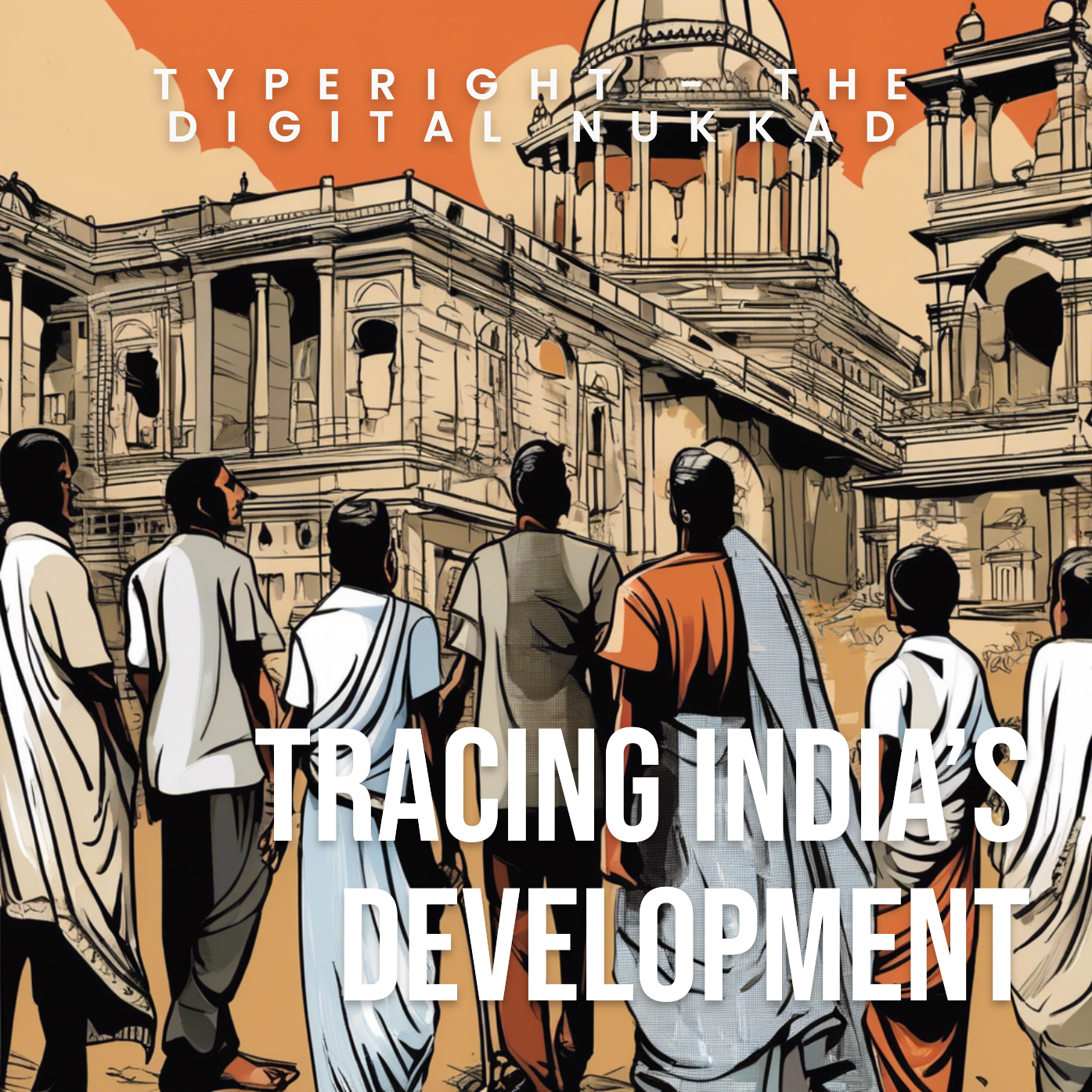









 might be?](https://sk0.blr1.cdn.digitaloceanspaces.com/sites/1394/posts/714526/dbc8de4c-5c50-411f-aba0-55cfb74a692d.jpeg)

Write a comment ...